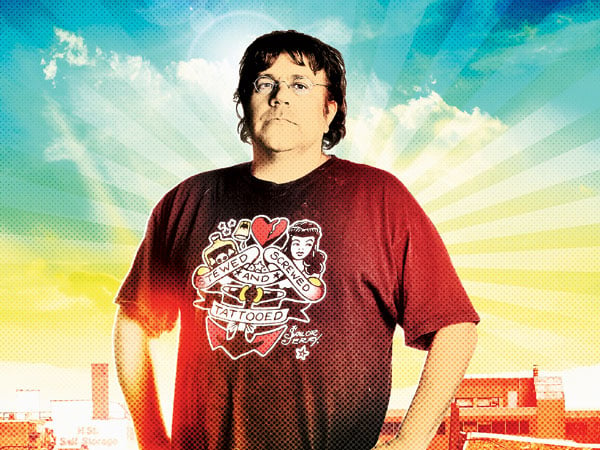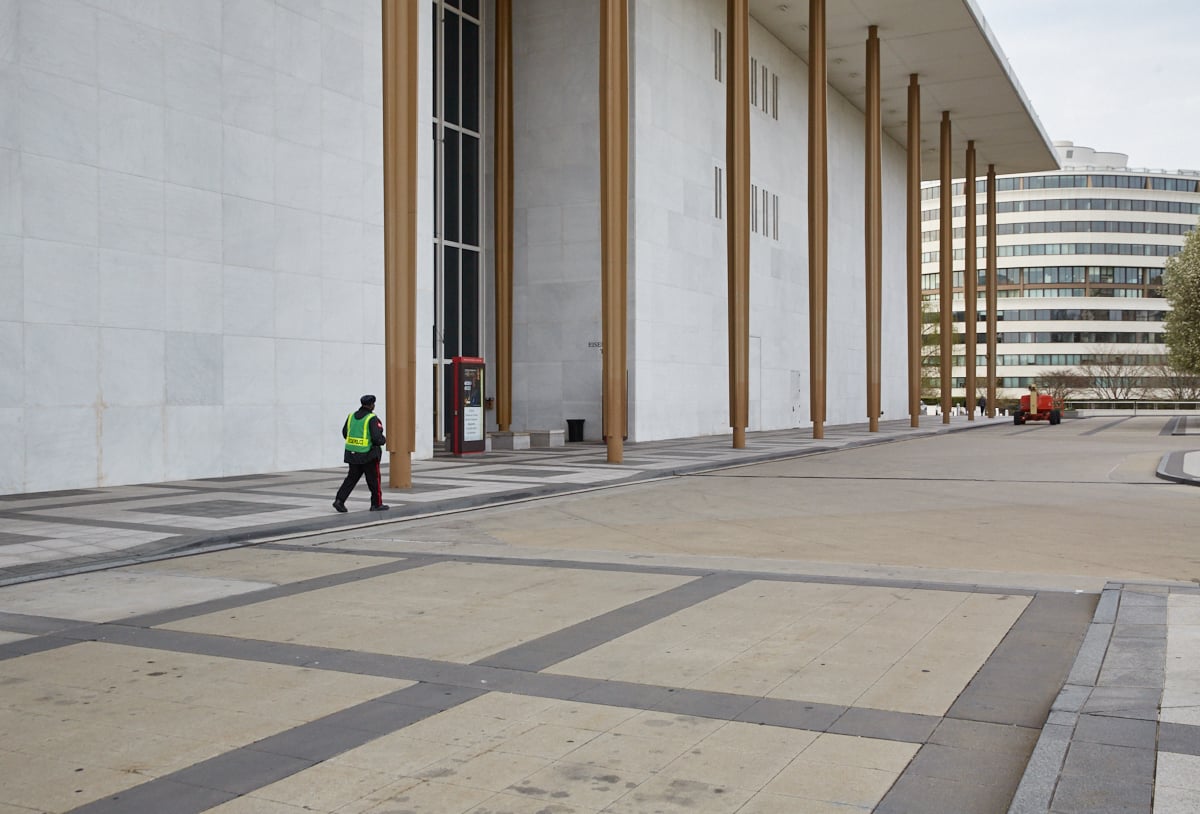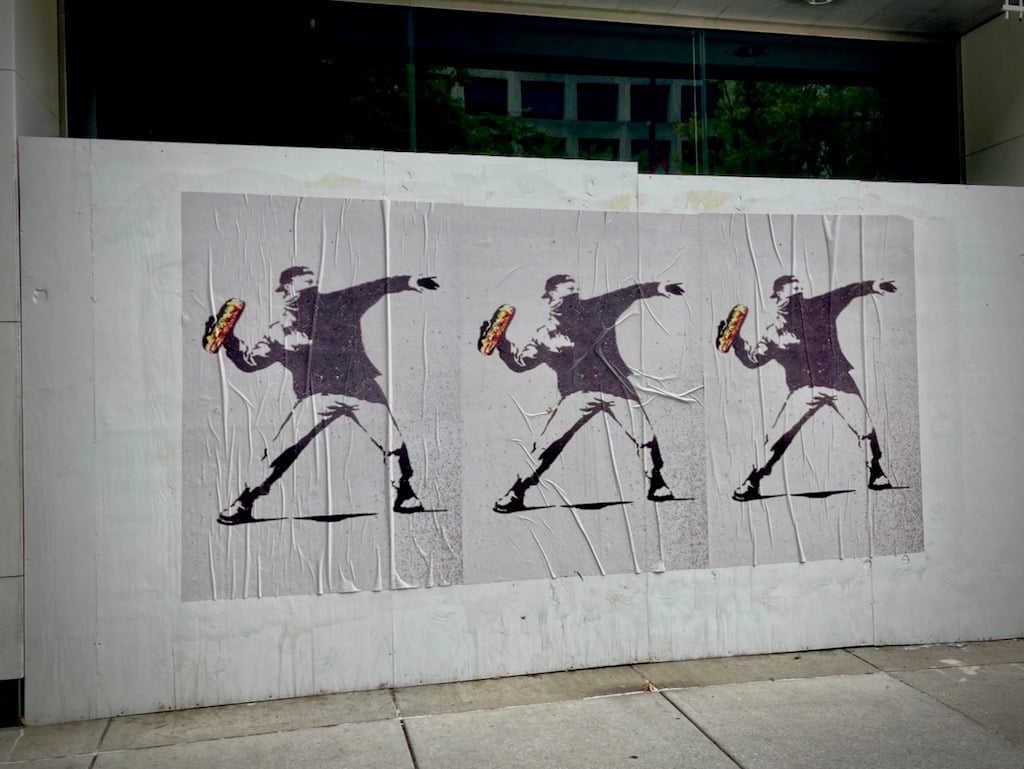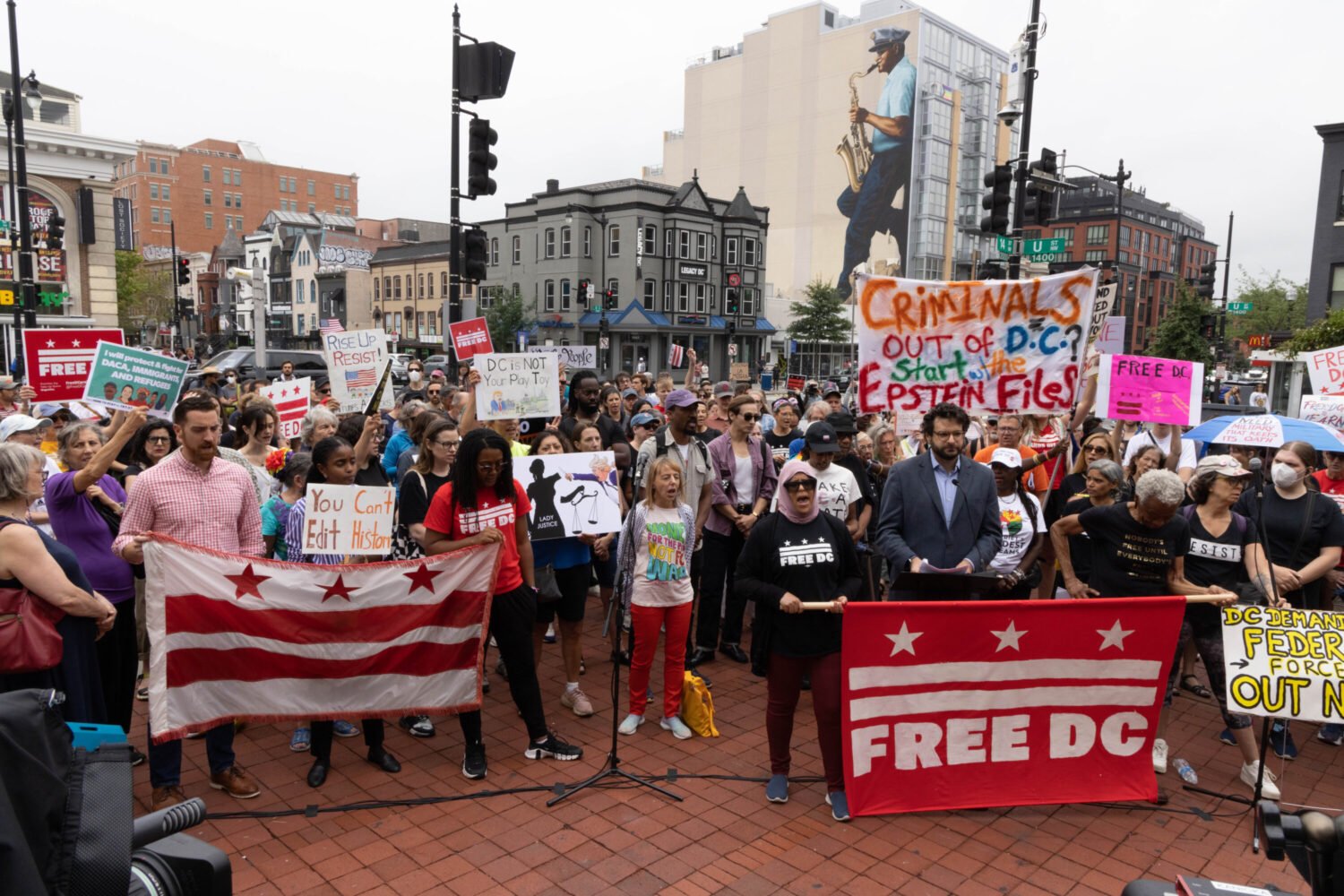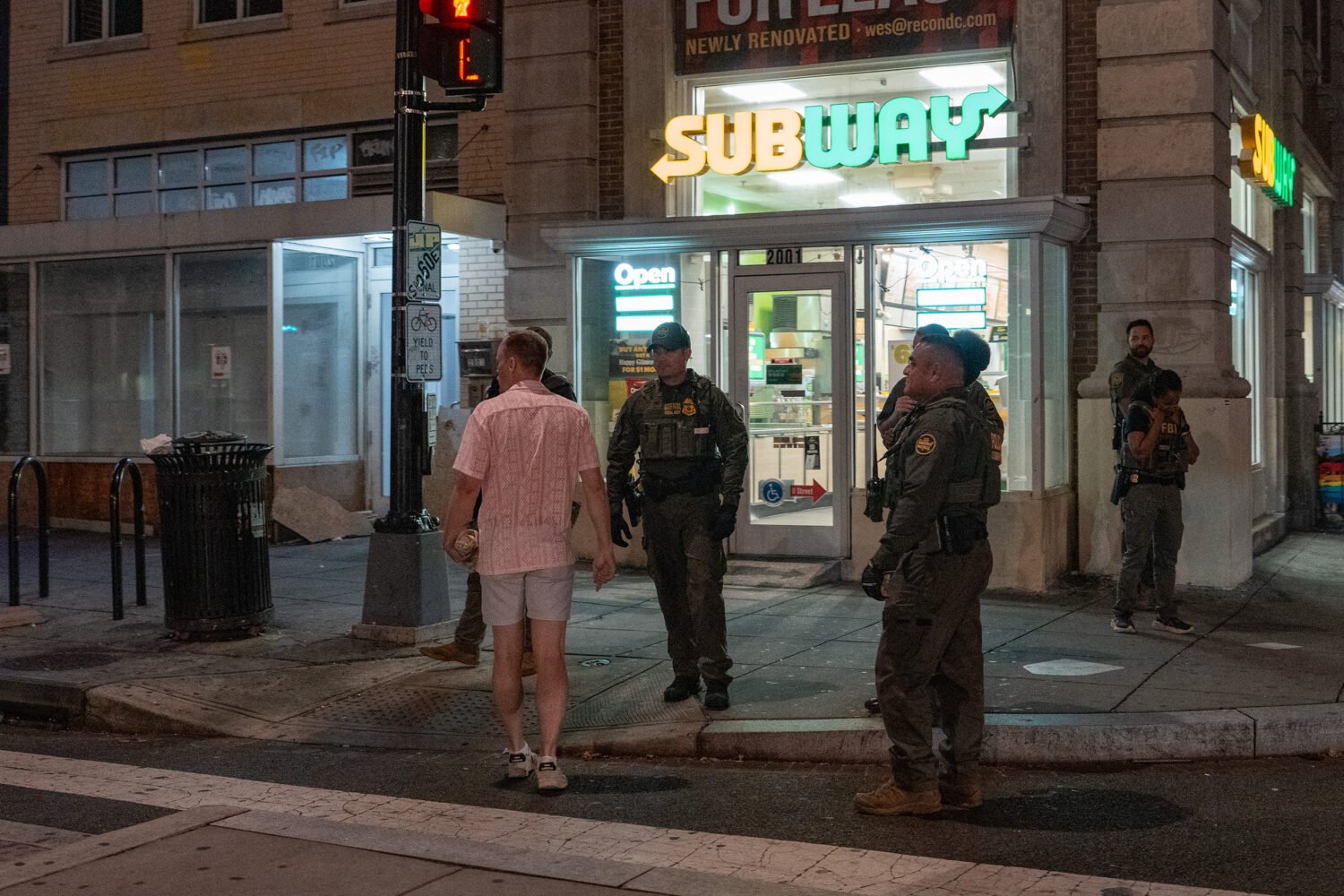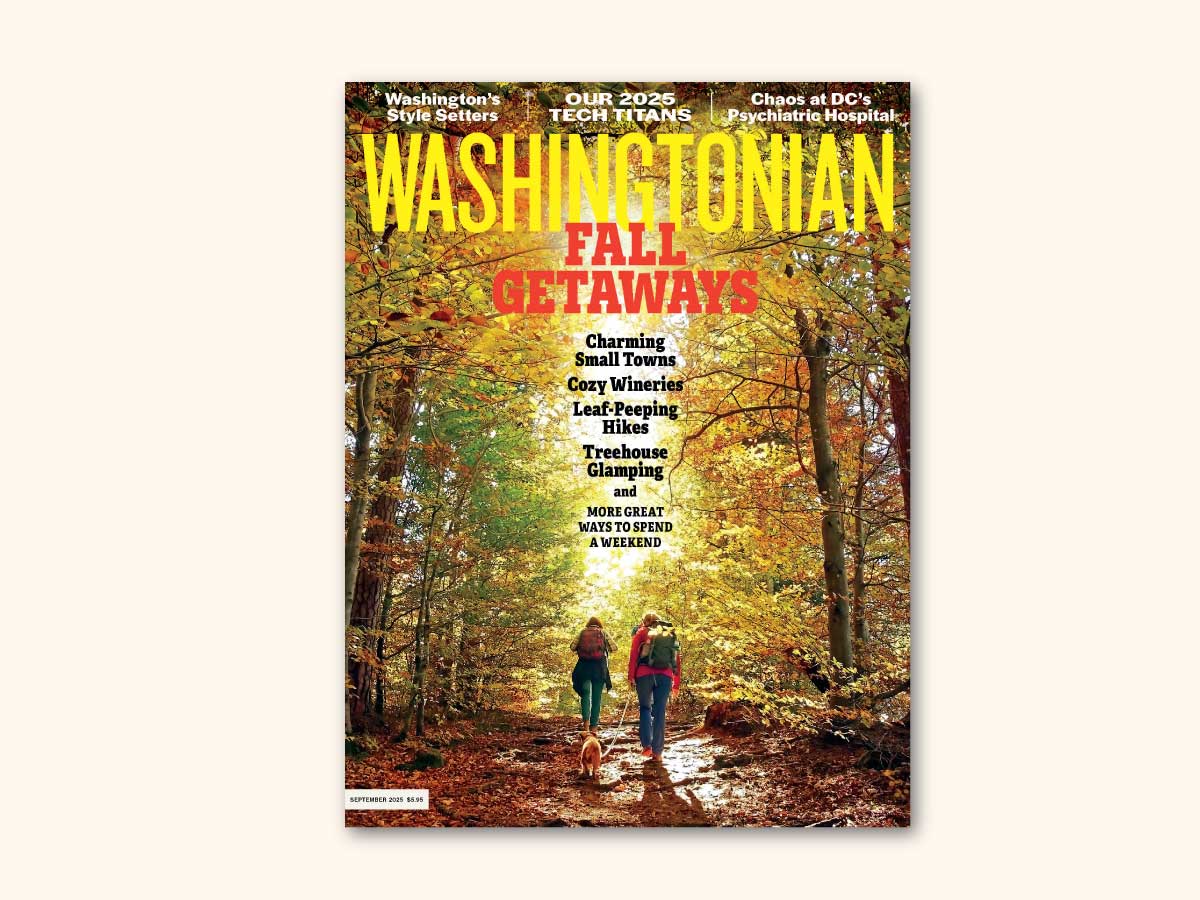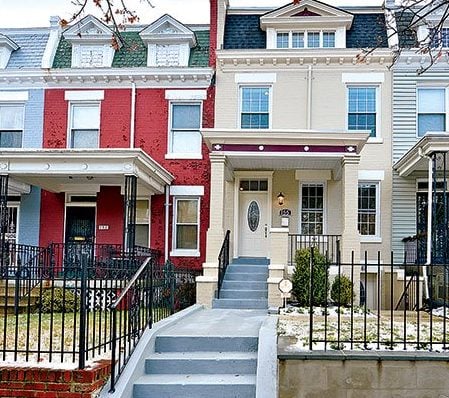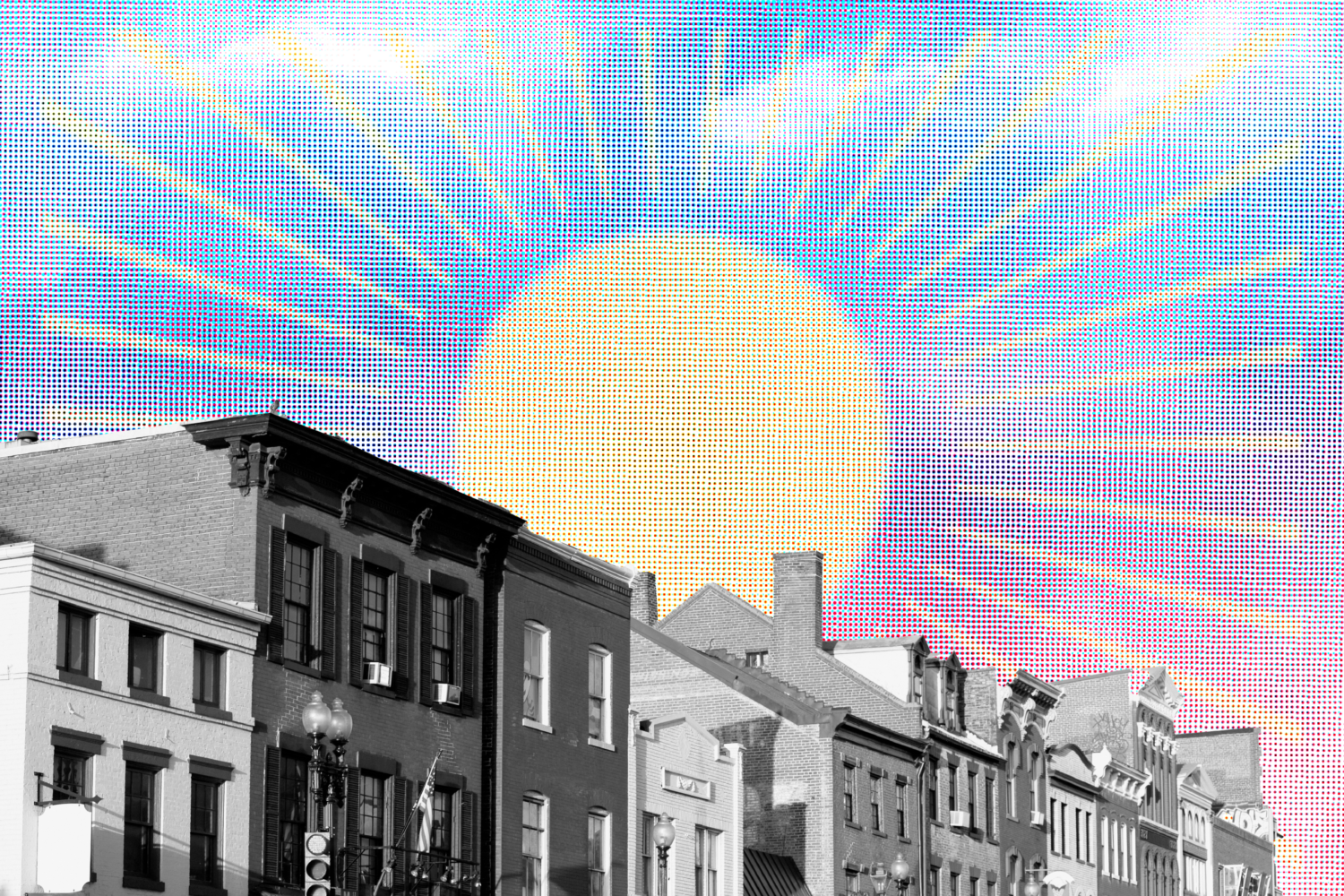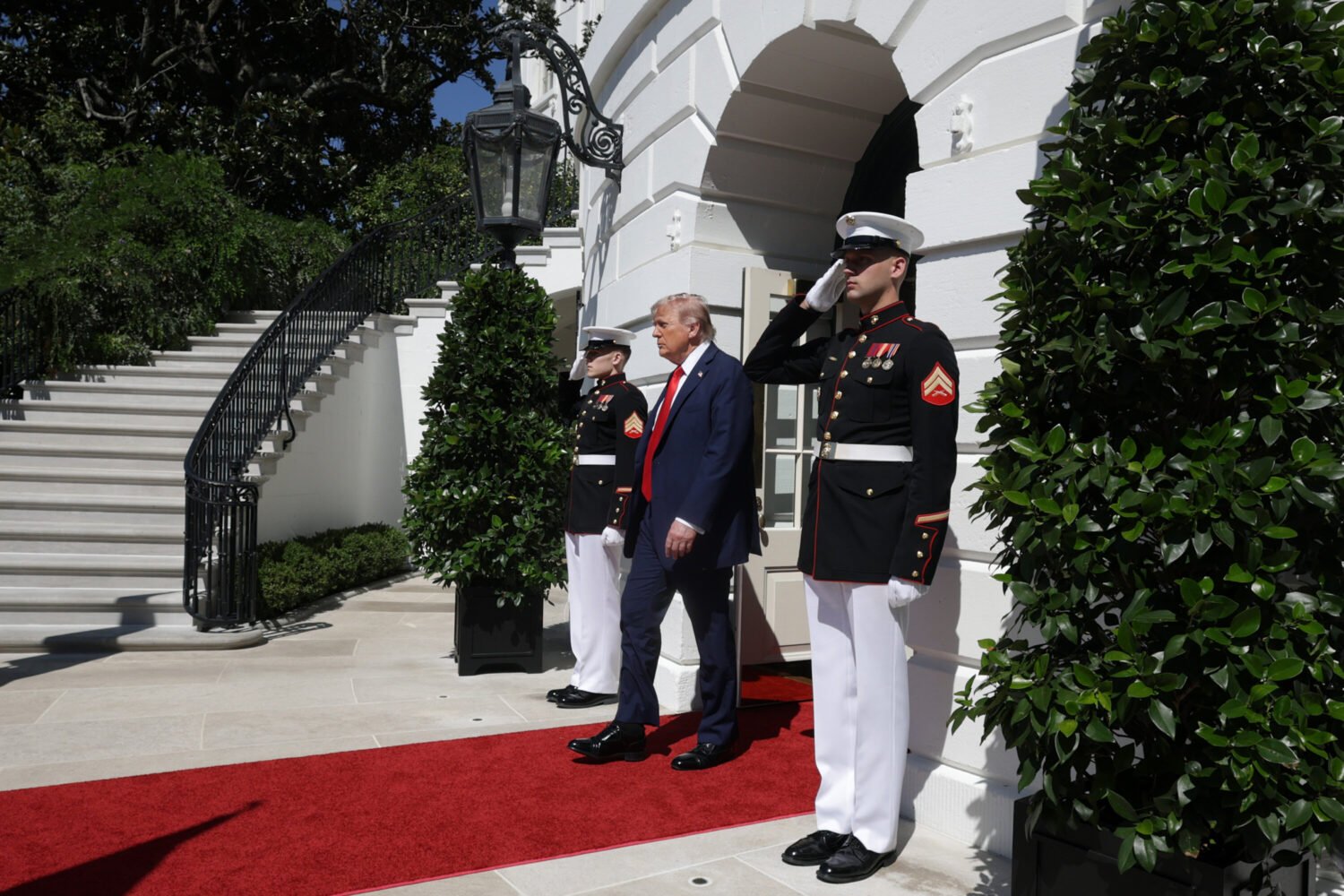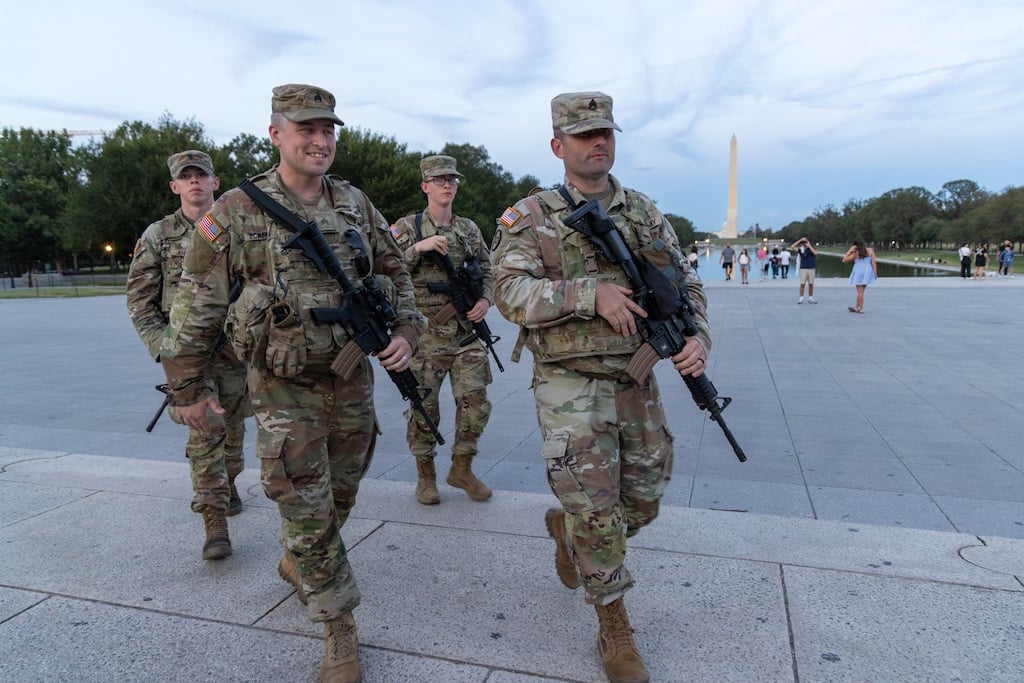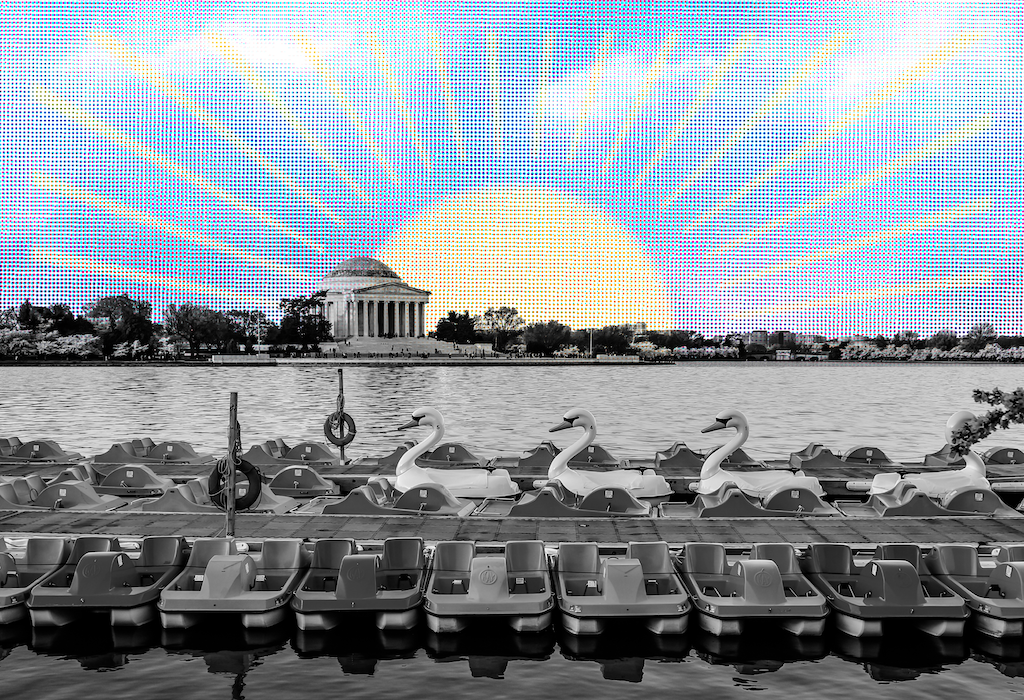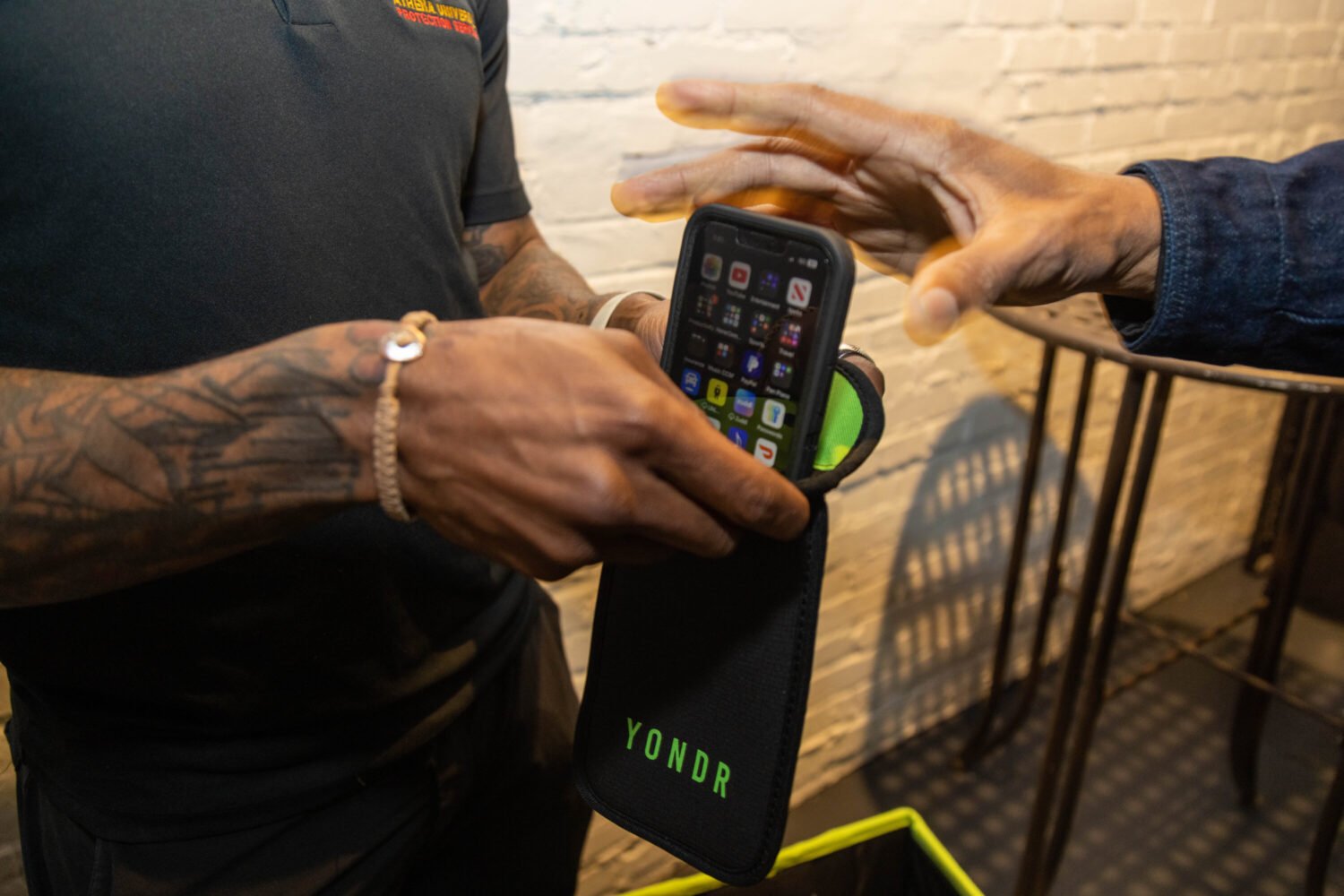
When I called Englert’s parents, his father initially misheard the publication I was writing for as the Washington Times. “We’re proud conservatives!” he proclaimed. His son, however, was less forthcoming about his own political allegiances. “I love Republicans/Democrats equally,” Joe Englert wrote in an e-mail. “They are all God’s misguided children.”
Apparently, they all also drink at his bars. “I am apolitical, especially because of owning a bar on the Hill,” he says. But it’s clear Englert has views. During the many hours I spent with him, he told a number of jokes that feminists, fans of the current President, and supporters of, say, Occupy Wall Street might find less than funny.
Yet the message of Englert’s bars isn’t political or even parodic. If his postmodern playgrounds signify anything, he says, it’s only in contrast to the drabness of establishment Washington. “I want to cry when I go to a Nationals game,” he says. “It’s almost a billion dollars for nothingness. It might as well be a Costco.”
More than anything, Englert’s bars seem to say: Lighten up, you’re in a bar. Fine, you work at a senator’s office or a fiscal think tank. Ooh, you lobby for Lockheed. Good on you for your tireless campaign to save the spider monkey. But when you take off that laminated security badge, do you also have to go to a serious bar?
People in Washington may need a firmer nudge than their counterparts in edgier cities like New York or Los Angeles. They need permission. To judge by the crowds on weekend evenings, many seem to find it in the carnival weirdness of an Englert drinking spot.
“Joe likes to give people comfort in oddness,” says Lee Wheeler, an artist with a long, graying chin beard who has been the principal designer of Englert’s bars for two decades.
“I thought for sure he’d reject it–I thought it would be hideous,” Wheeler says. “And he goes, ‘This is wonderful, Go for it, build this big back of ribs.’ And I’m like, ‘Oh, f— me.’ “
Next to the back bar at the Big Hunt, Wheeler had an idea for a room he called the Belly of the Beast. He wanted people to feel as if they were inside the rib cage of some prehistoric mammoth. The walls were to be framed by rib bones made of stucco, painted varying shades of blood red, and textured to resemble, Wheeler says, “very loose shredded meat.”
“I thought for sure he’d reject it–I thought it would be hideous,” Wheeler says. “And he goes, ‘This is wonderful, Go for it, build this big back of ribs.’ And I’m like, ‘Oh, f— me.’ “
When I visited the Big Hunt on a recent Friday, the Belly of the Beast was nearly shoulder to shoulder with twentysomethings.
“Joe just has this crazy eye for splattering something in front of the public that says, ‘Hey, there’s no rhyme, no reason,’ ” says Kyle Remissong, a partner at the Big Hunt. “If you’re not cool enough to see what we’re saying here, that’s okay–there’s plenty of Glory Days sports bars all over the place.”
Englert is a gourmand when he’s out with friends, ordering cocktails and sweet liqueurs and about twice as many dishes as there are people at the table. He bought a vacation home in New Orleans’s French Quarter as a beachhead for sampling that city’s delicacies.
But with the exception of Granville Moore’s, lauded for its mussels and frites, you won’t find great food or froufrou cocktails at his bars. Artisanal mixed drinks are a time suck for bartenders, Englert says, and food is negligibly profitable and hard to do well day after day. His menus tend toward beer and burgers, and only a few of his places are open for lunch.
“I can pour 270 beers or 300 beers at six bucks a crack and make two grand in an hour,” he says. “God bless these guys making those cocktails, but how am I going to do volume?”
He gives longtime bartenders an ownership stake or brings on as partners young people with cash and business instincts. That lets Englert tend to the big picture and the next project while partners toil on the day-to-day details. When I ask about the division of labor between him and the on-site partners, Englert cracks, “It’s understood I will do nothing and take all the glory.”
Like many Englert jokes, this one holds a grain of truth.
“That was his brilliance,” says Steve Zarpas, who gave Englert the start-up money for 15 Minutes and was involved in other early bars. “By giving a rather modest percentage to a potential partner, he could reap an amazing benefit. The bartender who never could have opened a bar on a bet got to be able to say, ‘I’m the owner,’ and Joe got a loyal, dedicated, hard-working partner.”
Englert says he has come to see DC as the best place in the country–with the possible exception of New York City–to own a bar. “People have income, and the crowd always is young,” he says. “There’s always a replacement for that 28-year-old who decides to settle down.”
The spoils from 15 Minutes fueled a restless expansion. In the early 1990s, Englert and a parade of new partners opened about a dozen nightspots, where he refined his bar-as-theme-park aesthetic: Planet Fred (a trip through the solar system), State of the Union (Bolshevik chic), Andalusian Dog (Surrealist fantasy with a facade of melting clocks).
His push onto U Street in the early ’90s drew notice. The strip near 14th Street had once been Washington’s black Broadway, but it had become a wasteland after the 1968 riots.
“The reputation of the area was horrible,” says Frank Smith Jr., then the area’s DC councilman and now director of the African American Civil War Museum. “Only the brave people were willing to come out at night.”
When Englert opened bars and a coffeehouse, the Zig Zag Café, near 14th and U, Smith says, “it was a signal that people were willing to come back into the area.”
Englert married his wife, Lynne, in 1994, the year after she wandered into the Zig Zag Café with her childhood friend, who was helping decorate the place. She is a stay-at-home mother, seven years his junior, and very private, Englert told me. “I made a promise to her when we got married,” he says. “I would never run for public office or make her stump for me in any capacity.”
Friends say she tempers her husband’s madcap velocities. “All she has to do is roll her eyes at him,” his college friend Chris Clifford says, “and he’s like, ‘Oh yeah–you’re right.’ “
Englert gets invitations to speak on panels about turning around neighborhoods. But when I asked about the attraction of places like U Street and H Street, he waved off any suggestion that some grand civic vision, let alone altruism, was at play. He had only so much money, and these neighborhoods were cheap. And in retrospect, they weren’t as risky as many presumed. U Street was a 15-minute walk from booming Dupont Circle and had just gotten its own Metro stop; H Street is a hop from Union Station and was slated for a major streetscape makeover.
“The city had to fill in,” Englert says.

